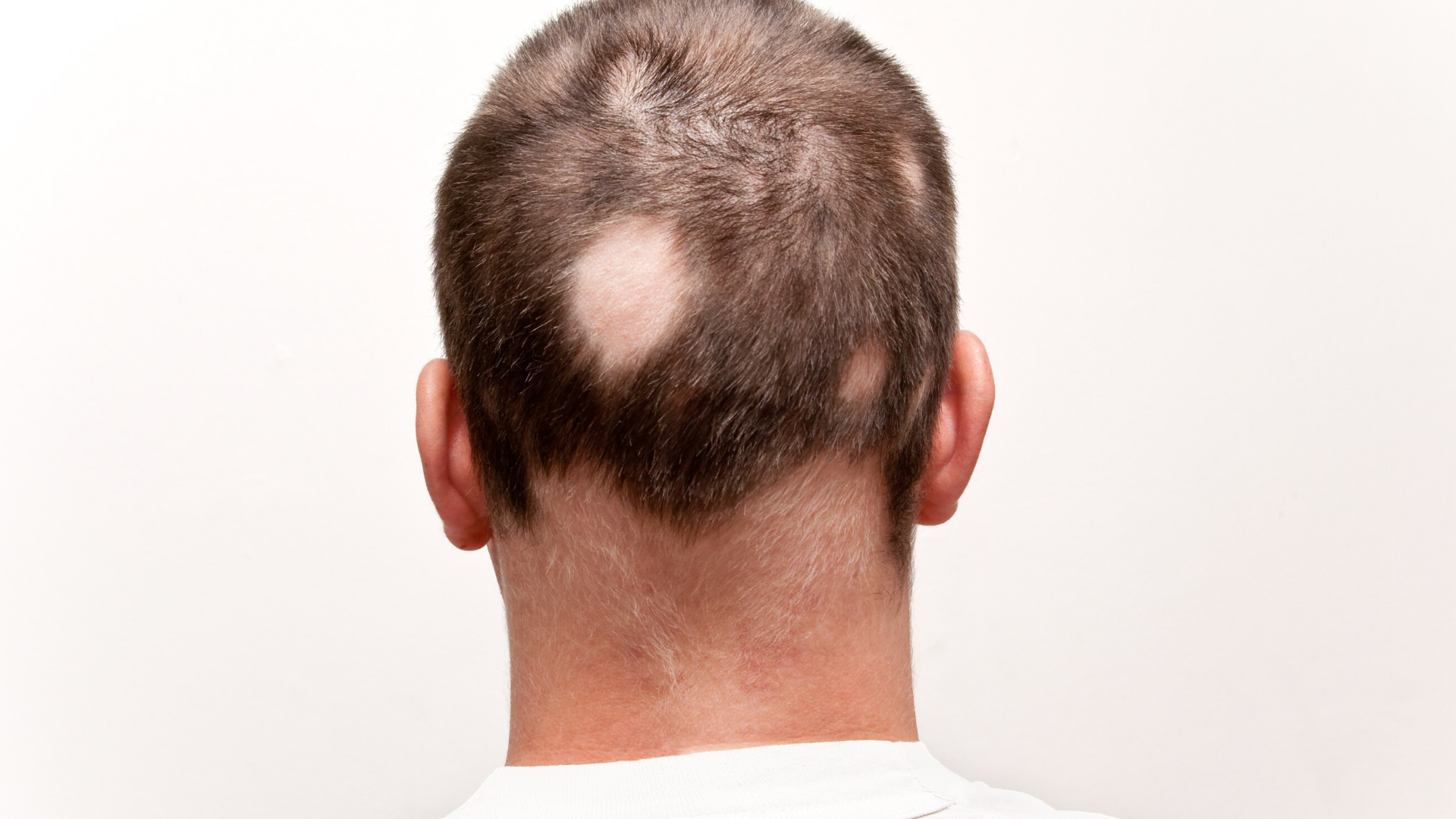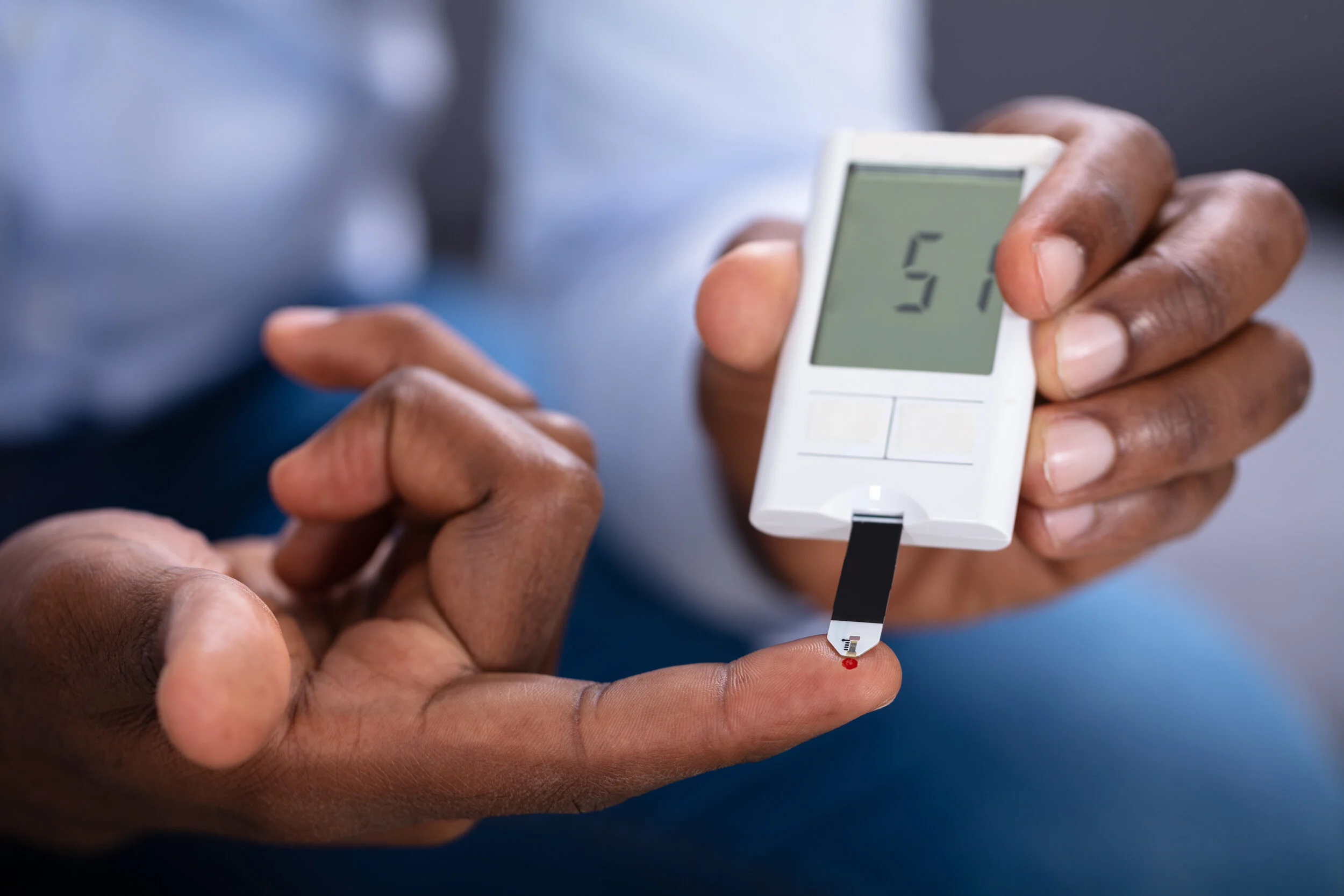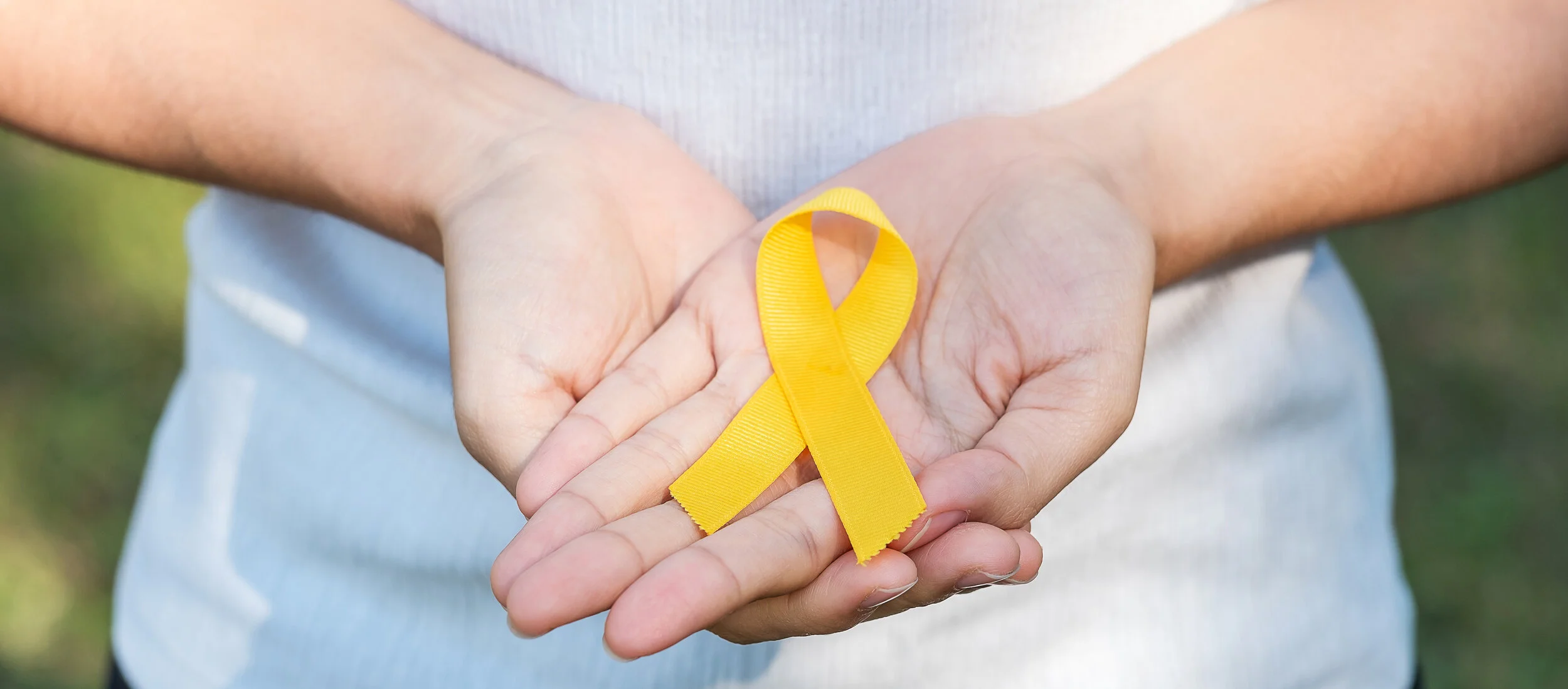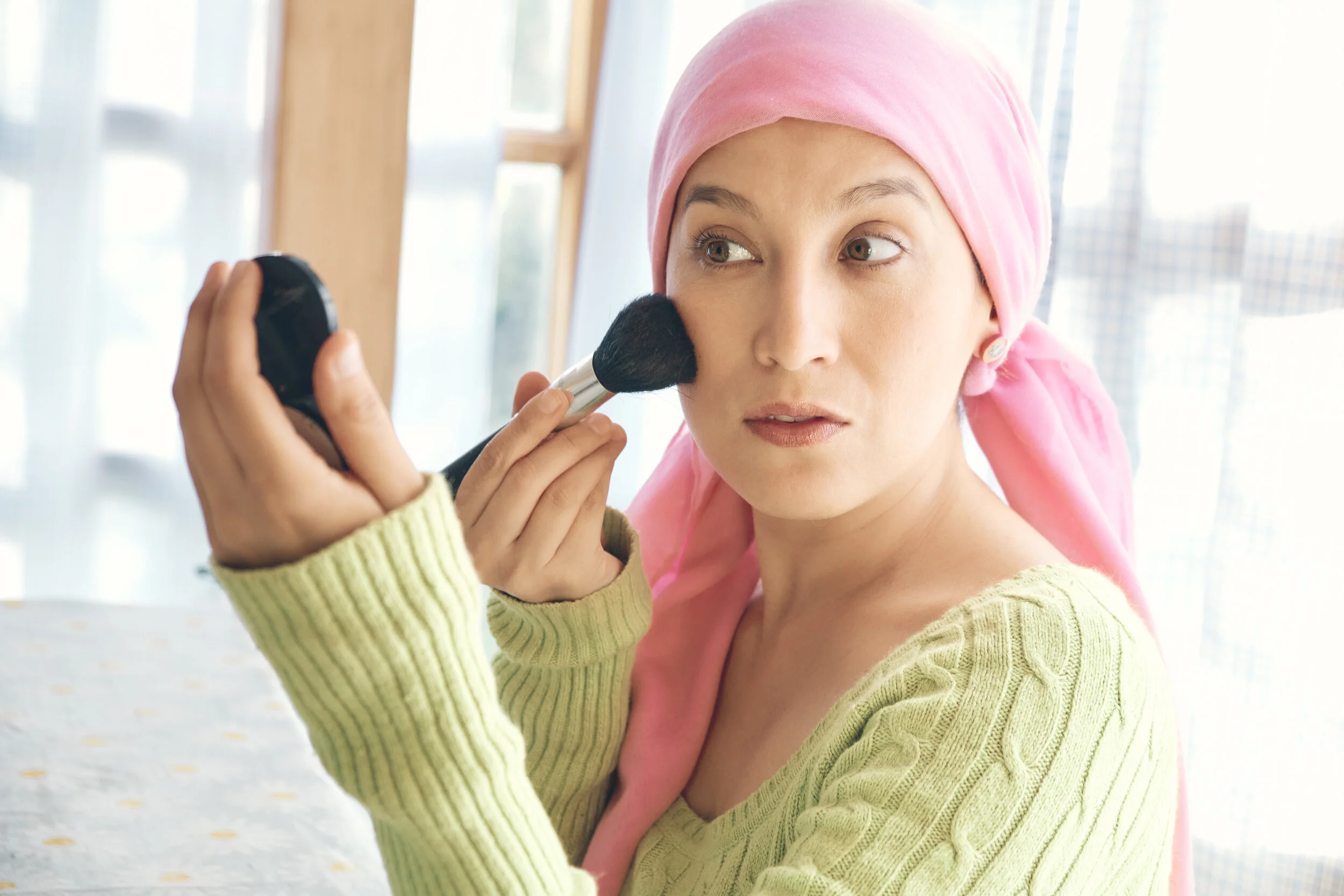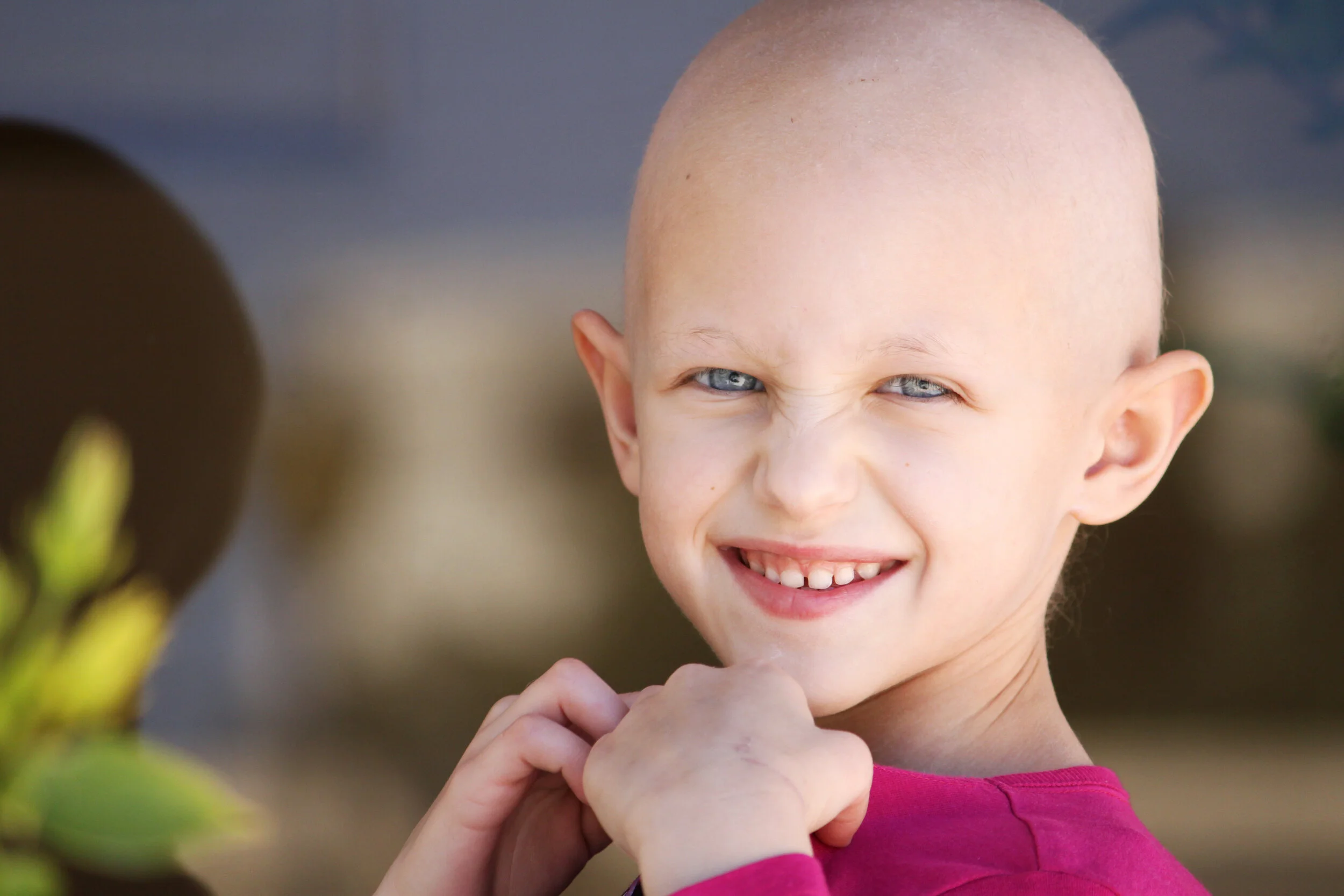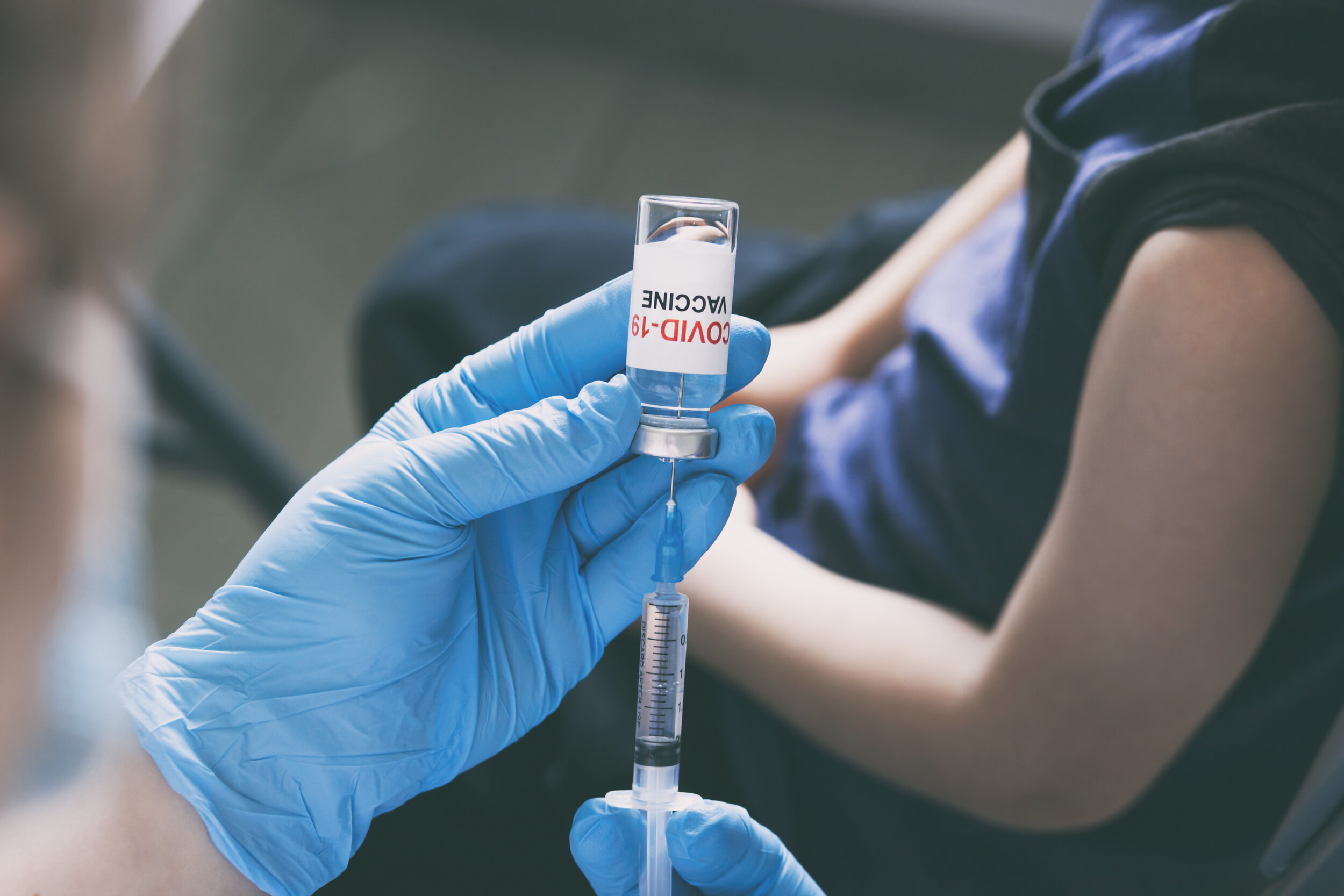Hair Care During Cancer Treatment
How to Manage Hair Loss
Hearing the bad news after the cancer tests is one of the hardest things anyone ever has to hear, and the prospect of losing one's hair is not making it any easier to bear. After the chemotherapy, the new growth of hair is often delicate and very brittle, as prolonged exposure to the cocktail of drugs can leave scalps sensitive and prone to react to harsh chemicals. It is important to take good care of your hair before, during and after cancer treatments. That's why we recommend using Hope & Beauty’s Chemo Companion Haircare Products that have been specifically selected by Dr. Singhal to boost hair regrowth and to detox your scalp and remove toxins in the months following treatments.
Hair loss, also called alopecia, may be a side effect of chemotherapy, targeted therapy, radiation therapy, or bone marrow/stem cell transplants. These treatments can cause hair loss by harming the cells that help hair grow. Hair loss may occur throughout the body, including the head, face, arms, legs, underarms, and pubic area. Hair may fall out entirely, slowly, or in sections. A person's hair may also simply become thin, sometimes unnoticeably, and it may become duller or dryer. Hair loss related to cancer treatment is usually temporary. Most of the time, hair will grow back. Rarely, it may remain thin.
Managing side effects such as hair loss is an important part of cancer care and treatment. This is called palliative care or supportive care. Talk with your health care team about managing or coping with hair loss from cancer treatment.
Causes of Hair Loss
Alopecia
Hair loss, also called alopecia, may be a side effect of chemotherapy, targeted therapy, radiation therapy, or bone marrow/stem cell transplants. These treatments can cause hair loss by harming the cells that help hair grow. Hair loss may occur throughout the body, including the head, face, arms, legs, underarms, and pubic area. Hair may fall out entirely, slowly, or in sections. A person's hair may also simply become slightly thinner, and it may become duller or dryer. Hair loss related to cancer treatment is usually temporary. Most of the time, hair will grow back. Rarely, it may remain thin.
The types of cancer treatments that may cause hair loss are discussed below. Talk with your health care team before your cancer treatment begins to find out if it is likely to cause hair loss. Sometimes there may even be another reason for your hair loss other than cancer treatment, such as thyroid problems or low iron levels.
Chemotherapy. Not all chemotherapy causes hair loss. The following drugs are more likely to cause hair loss or thinning:
Altretamine (Hexalen)
Carboplatin (Paraplatin)
Cisplatin (Platinol)
Cyclophosphamide (Neosar)
Docetaxel (Taxotere)
Doxorubicin (Adriamycin, Doxil)
Epirubicin (Ellence)
Fluorouracil (5-FU)
Gemcitabine (Gemzar)
Idarubicin (Idamycin)
Ifosfamide (Ifex)
Paclitaxel (multiple brand names)
Vincristine (Marqibo, Vincasar)
Vinorelbine (Alocrest, Navelbine)
Hair does not usually fall out right away after you start chemotherapy. Most of the time, it begins to fall after several weeks or cycles of treatment. Hair loss tends to increase 1 to 2 months into treatment.
The amount of hair loss varies from person to person. Even people taking the same drugs for the same cancer will have a different amount of hair loss. How much hair you lose depends on the drug and the dose. It also depends on whether you receive the drug as a pill, into a vein, or on the skin.
Hair starts to regrow about 1 to 3 months after chemotherapy ends. It often takes about 6 to 12 months for your hair to regrow completely. When new hair regrows, its texture may feel different than before. You may notice that your hair grows back thinner or coarser. The color of regrown hair may also be different than before. Hair will usually go back to normal after several years.
Radiation Therapy
Radiation therapy only affects the hair found where the radiation is aimed. For example, if you receive radiation therapy to the pelvis, you could lose hair in the pubic area. Hair loss depends on the dose and method of radiation therapy. Hair usually grows back in the area of radiation therapy after several months, but it may be thinner or a different texture. With very high doses of radiation therapy, hair may not grow back at all.
Targeted Therapy
Targeted therapy does not cause complete hair loss. But the following targeted therapies may cause hair to become thinner, curlier, or drier than usual.
Afatinib (Gilotrif)
Cetuximab (Erbitux)
Dabrafenib (Tafinlar)
Dasatinib (Sprycel)
Erlotinib (Tarceva)
Ibrutinib (Imbruvica)
Imatinib (Gleevec, Glivec)
Nilotinib (Tasigna)
Panitumumab (Vectibix)
Sonidegib (Odomzo)
Sorafenib (Nexavar)
Trametinib (Mekinist)
Vemurafenib (Zelboraf)
Vismodegib (Erivedge)
Hormonal Therapy
A small number of people receiving hormonal therapy will have noticeable hair thinning. It often begins several months to years after starting treatment with some types of hormonal therapy. But hormonal therapy does not usually cause complete hair loss. The following hormonal therapies are more likely to cause hair loss.
Tamoxifen (Nolvadex)
Anastrozole (Arimidex)
Letrozole (Femara)
Fulvestrant (Faslodex)
Octreotide (Sandostatin)
Managing Hair Loss
Learning how to manage hair loss before, during, and after treatment may help you cope with this side effect. For many people, hair loss from cancer treatment is more than just a change in physical appearance. Losing your hair can be an emotionally challenging experience that affects your self-image and quality of life.
Talking about your feelings related to losing hair with a counselor, someone with a similar experience, a family member, or a friend may provide comfort. It may also be helpful to talk about potential hair loss with family and friends, especially children, before it occurs. Expecting changes in the physical appearance of someone they know helps lower a child’s fear and anxiety.
Some people recommend cutting hair shorter before beginning treatment. A shorter hairstyle may make your hair look fuller. It may also make hair loss a less dramatic change. And when your hair begins to regrow, it takes less time to grow into the shorter hairstyle. Letting your hair grow into a similar hairstyle can help you cope and move forward after treatment.
Palliative Care
Managing side effects such as hair loss is an important part of cancer care and treatment. This is called palliative care or supportive care. Patients should talk to their health care team about managing or coping with hair loss from cancer treatment. No treatment exists that can guarantee hair won't fall out during or after chemotherapy. Several treatments have been investigated as possible ways to prevent hair loss, but none has been absolutely effective, including:
Scalp cooling caps (scalp hypothermia). During chemotherapy infusions, a closely fitted cap that's cooled by chilled liquid can be placed on patients head to slow blood flow to the scalp. This way, chemotherapy drugs are less likely to have an effect on hair.
Cold Cap Therapy
Wearing a cap or head covering that cools the scalp before, during, or after chemotherapy can help prevent hair loss from drugs given through a vein. This is also known as scalp cryotherapy. The cold narrows the blood vessels in the skin on your head. This decreases blood flow, which means that less of the drug reaches the hair follicles. Hair follicles are the small openings through which hair grows. As a result, the hair follicles are less likely to get damaged from the chemotherapy.
Talk with your health care team to learn about the availability of this approach and whether it may work for you.
Medications
An over-the-counter topical medication called minoxidil may be helpful to treat hair thinning from hormonal therapy or targeted therapy. It may also be useful for people whose hair did not fully grow back after chemotherapy, stem cell transplant, or radiation therapy. Sometimes, oral medications such as spironolactone (Aldactone) or finasteride (Propecia, Proscar) may also improve hair growth in these situations.
Hair & Scalp Care
The following tips may help you care for your hair and scalp during cancer treatment:
Choose a fragrance-free gentle shampoo to clean your hair.
Consider not washing your hair every day, and do not scrub vigorously.
Pat your hair dry to prevent damage.
Choose a soft hairbrush or wide-toothed comb and gently style your hair.
Use sun protection on your scalp when outdoors, such as sunscreen, a hat, or a scarf.
Cover your head during the cold months to retain body heat.
Avoid blow-drying your hair with high heat or pulling it.
Avoid curling or straightening your hair with chemical products.
Avoid permanent or semi-permanent hair coloring.
Choose a soft, comfortable covering for your bed pillow.
Talk with your health care team before using any hair-growth creams or lotions.
Talk with your health care team about taking the B vitamin biotin.
Wigs & Hairpieces
The following tips may be helpful if you choose to wear a wig or hairpiece once hair loss begins:
Try finding a shop that sells wigs and hairpieces designed specifically for people with cancer. You might also schedule a home appointment or order through a catalog.
There are many kinds of wigs and hairpieces. If you want a wig or hairpiece that looks similar to your own hair, it helps to choose a wig or hairpiece before your hair falls out. This way it most closely matches your hair color and style. Or, you may want a wig or hairpiece that gives you a new hairstyle you have always wanted to try. A hairdresser can help you style the wig or hairpiece.
Your health insurance company may cover wigs or hairpieces. Wigs and hairpieces may also be classified as a tax-deductible medical expense. Your doctor may have to prescribe a wig or hairpiece so you can submit it to your insurance company. Free or loaner wigs or hairpieces may also be available through your cancer center or other community organizations. Ask an oncology social worker or your nurse for resources.
Have your wig or hairpiece fitted properly at a shop. This will help keep it from irritating your scalp.
Caring For Regrown Hair
When your hair begins to grow back, it will be much thinner and more easily damaged than your original hair. It may also grow back a different texture or color than your original hair. The following tips may be helpful in caring for regrown hair:
Limit washing your hair to twice a week.
Massage your scalp to remove dry skin and flakes.
Use a wide-tooth comb instead of a brush for your hair. When styling your hair, limit the amount of pinning, curling, or blow-drying with high heat.
Avoid curling or straightening your hair with chemical products such as permanent wave solutions until your hair has regrown. Some people may need to wait up to a year before they can chemically curl or straighten their hair. Before trying chemical products again, test a small patch of hair to see how it reacts. You can also ask your hairdresser for suggestions.
Avoid permanent or semi-permanent hair coloring for at least 3 months after treatment.
From moisturizing shampoos to stimulating hair growth serums, we have everything you need to let your confidence shine - hair or no hair.
Newly diagnosed or currently living with cancer? Find the most current information about living with cancer, symptoms of cancer and cancer treatment, as well as motivational cancer survival stories from fascinating people across the world.


